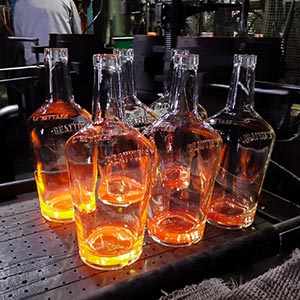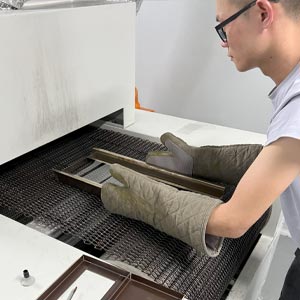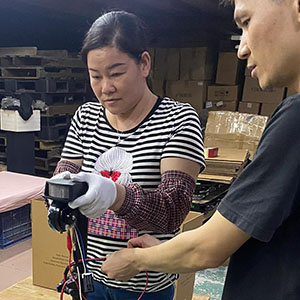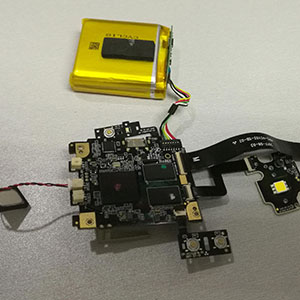As we move further into 2025, the landscape of OEM (Original Equipment Manufacturing) and ODM (Original Design Manufacturing) is rapidly evolving, driven largely by advances in AI-driven production, sustainability imperatives, and smart factory systems. These forces are transforming how global manufacturers design, produce, and deliver goods. Today’s OEM and ODM partners must not only offer flexibility and innovation but also deliver intelligent, tech-enabled processes that align with fast-changing global market expectations.
At Panasia Solutions, we understand the urgency of this transformation. Our approach integrates AI-driven production, environmental responsibility, and agile manufacturing to meet the needs of forward-thinking brands.
1. Sustainable Manufacturing is Becoming Non-Negotiable
Sustainability is no longer optional – it’s foundational. In 2025, clients demand transparency in sourcing, production, and post-consumer lifecycle management. OEM and ODM partners must prove their commitment to sustainability not only in materials but across logistics, waste management, and energy usage.
Key Developments:
- Carbon-neutral operations: Corporations like Apple and Unilever are pushing carbon-neutral mandates across their global supply chains.
- Eco-friendly materials: OEMs are investing in biodegradable plastics, recycled composites, and environmentally safe coatings.
- Circular production models: ODMs now design for recyclability and manage take-back programs to close the loop.


2. AI-Driven Production Becomes the New Manufacturing Standard
AI-driven production is central to modern manufacturing competitiveness. With AI guiding everything from real-time production to long-term strategic planning, manufacturers can achieve previously unimaginable levels of speed, precision, and flexibility.
Key Trends in AI Integration:
- Predictive maintenance: AI models monitor equipment in real-time to prevent downtime, saving costs and increasing production reliability.
- Smart supply chain analytics: AI helps forecast demand, manage inventory, and reduce overproduction and waste.
- Generative product design: ODMs use AI algorithms to produce and refine product concepts based on client goals, resulting in faster innovation cycles.
- Adaptive production systems: AI-driven production setups adjust inputs in real-time to optimize efficiency and quality.
3. The Smart Factory & IIoT Revolution
AI-driven production is closely tied to the growth of smart factories – digitally connected environments powered by Industrial IoT (IIoT) technologies. These intelligent systems offer real-time data, enabling automated decisions, energy efficiency, and predictive troubleshooting.
Adoption Highlights:
- Sensor networks and cloud analytics: Every machine on the floor is connected, feeding data into centralized platforms for oversight and control.
- Digital twin simulations: Virtual factory models allow production lines to be optimized without halting physical operations.
- Vision-based quality control: AI systems with machine vision detect defects at scale faster than any human-based process.
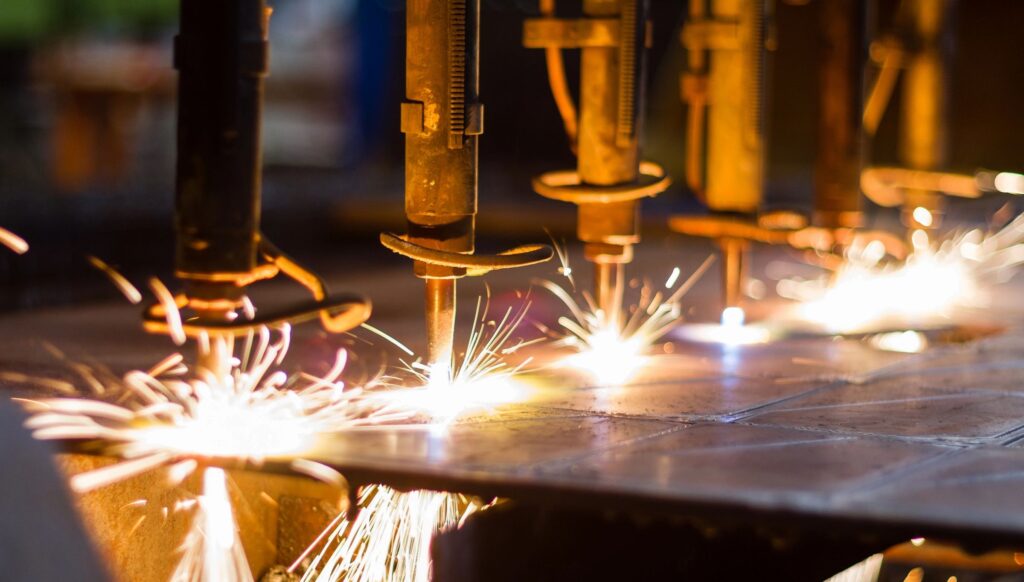
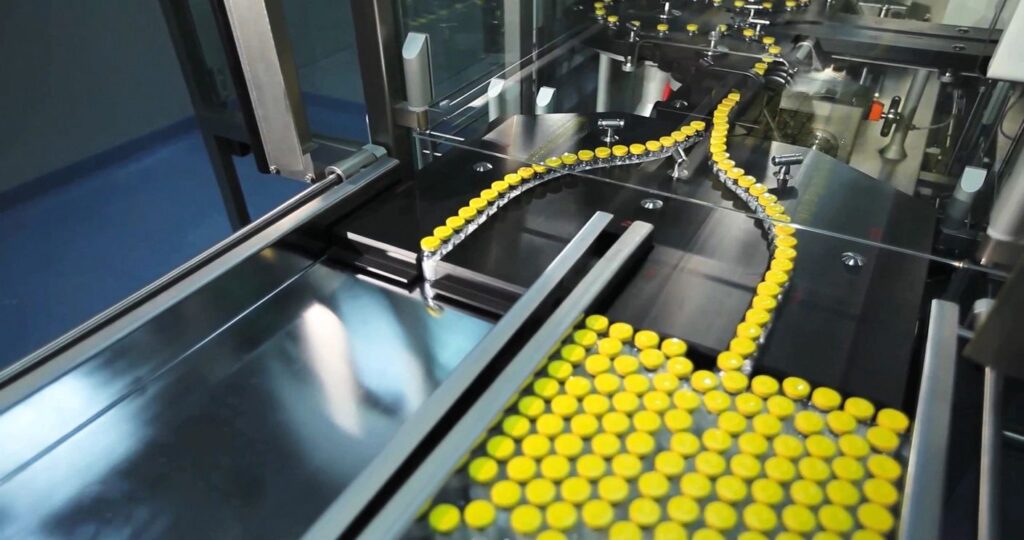
4. Agile Design and Hyper-Customization
As end-user expectations shift toward personalization, OEMs and ODMs must offer agile production capabilities with quick turnaround times. AI-driven production plays a major role here, enabling faster prototyping, custom configurations, and optimized design cycles.
Emerging Approaches:
- Modular product design: Facilitates fast customization with minimal retooling.
- 3D printing for prototyping: Accelerates product development cycles while keeping costs low.
- Customer co-creation: Some manufacturers now involve customers directly in the product design process using AI-driven modelling tools.
5. Strategic Nearshoring and Decentralized Manufacturing
Supply chain resilience is a major concern for brands in 2025. AI-driven production allows manufacturers to maintain consistent quality and control – even in a decentralized, multi-location model.
Key Shifts:
- Regional production hubs: Southeast Asia, Eastern Europe, and LATAM are emerging as key nearshoring zones.
- Digitally managed supply chains: AI tools provide unified management of dispersed manufacturing sites.
- Risk mitigation: Brands now demand OEM/ODM partners who can reroute production quickly when geopolitical or logistical disruptions arise.
6. Compliance, Traceability, and Cybersecurity
With more regulations governing data, sourcing, and sustainability, traceability is a competitive advantage. AI-driven production tools help automate compliance and protect IP in an increasingly data-centric environment.
Important Focus Areas:
- Blockchain and ERP integration: Used to track parts and verify material origins.
- Cybersecurity protocols: Safeguard client IP and confidential designs throughout the supply chain.
- Automated compliance reporting: AI ensures adherence to local and international standards such as RoHS, REACH, and ISO.

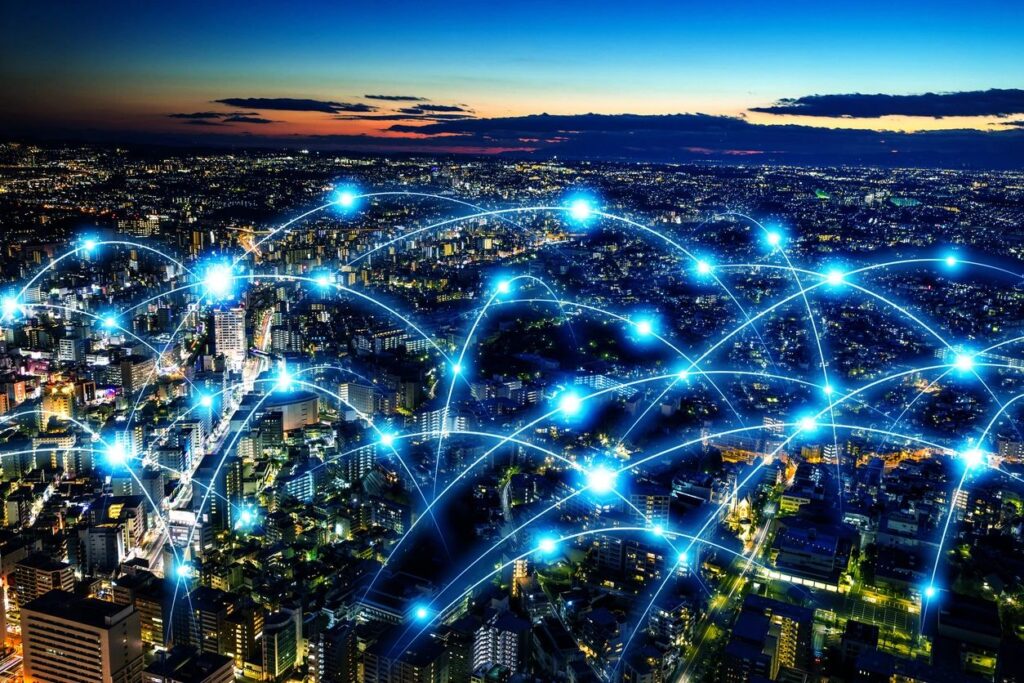
Partnering with Innovation-Driven Manufacturers
From sustainable practices to AI-driven production, the landscape of OEM and ODM manufacturing in 2025 demands flexibility, intelligence, and a global mindset. At Panasia Solutions, we help clients scale efficiently while staying ahead of market trends and regulatory expectations.
Whether you’re developing a new product or optimizing your supply chain, Panasia offers future-ready contract manufacturing services designed to drive success through technology, transparency, and trust.
Contact us today to discover how Panasia Solutions can bring your OEM/ODM goals to life with intelligent, AI-driven production.
